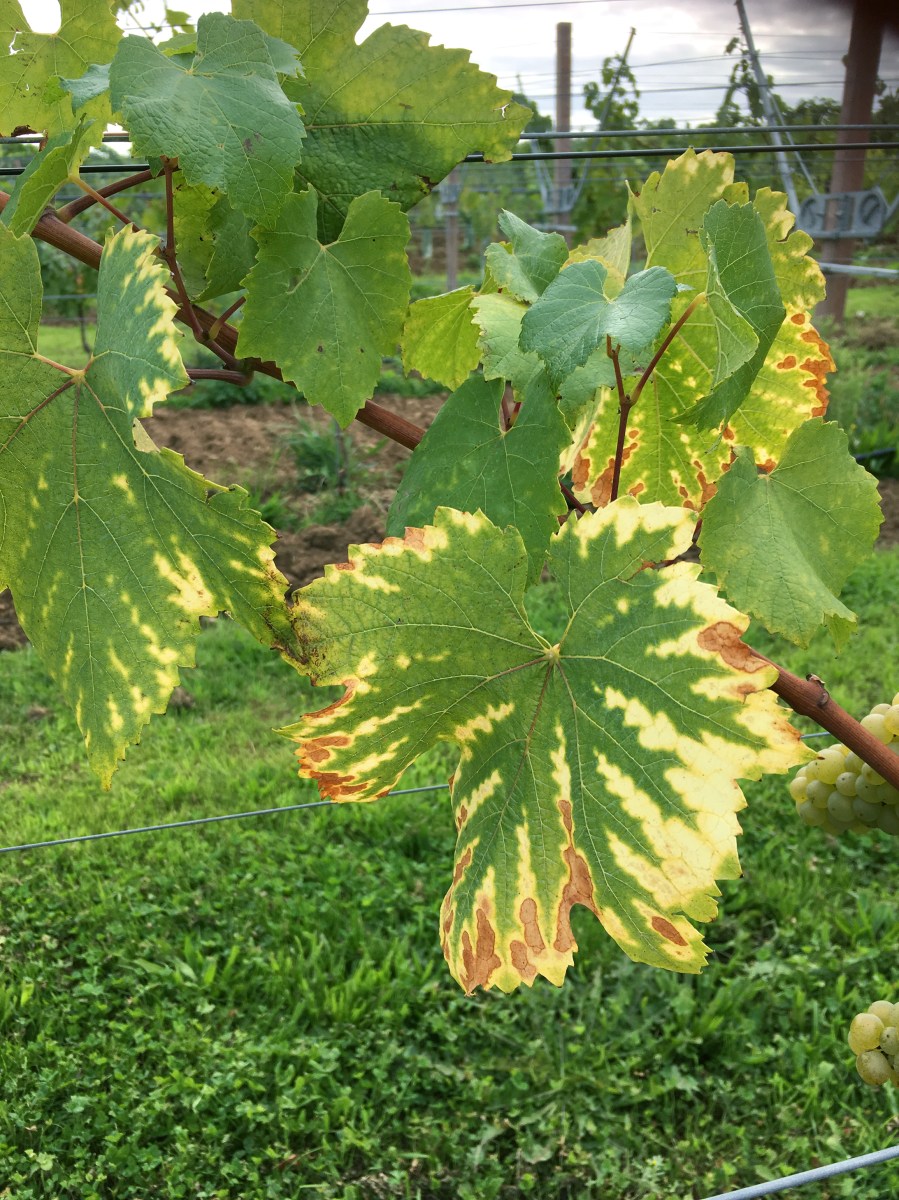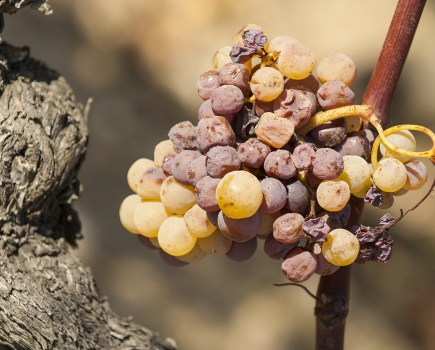2018 will be remembered as a surprisingly good growing season. In reality, it was full of challenges, but despite the weather, summer pests and nutrient deficiencies, the harvested crop has been of excellent quality with very high sugars.
Currently, most of the crop is destined for sparkling wines. However, as crop yields continue to grow, still wines will become more important to create a market for all the wine produced. Producing quality juice is a prerequisite for quality single variety still wines. When we have cool dull summers, adequate nutrition can help the vines produce quality.
A guide to breakeven for growers is to produce 8 tonnes of quality grapes per hectare, with an aim to produce 10 tonnes regularly. If you are a producer with a winery, the value of the sale will help offset poor yield years. For producers who supply grapes to the wineries the payment will be limited to the tonnage produced. Regular cropping of quality juice will become more important if supply outstrips demand. History shows us that hungry plants do not produce regular cropping patterns. Stressful events like low-level frosts, cold winds or drought then have a greater impact on the cropping potential.
To make the best of our lack of sun and heat in a normal year, we need to supplement the plant’s powerhouse with sufficient nutritional inputs to reduce the stress. Many of the UK’s vineyards are young with underdeveloped root systems and 2018 conditions resulted in deficiency symptoms showing up including magnesium, potassium, boron and nitrogen.
It is correct not to apply excess nitrogen during the spring and summer, but starving the vines does not improve the quantity or the quality of the fruit. As the vineyard ages, the depletion of organic matter will reduce the availability of nitrogen naturally. Providing the plants with accessible nutrition is important when growing on the fringe of a crop’s geographical capability.
With fertigation not available for most plantations it is important to utilise the appropriate times to apply nutrition without unbalancing the vine. During the growing season there are foliar products that can supply a balanced approach to the plant’s needs. Many of the soluble fertilisers used in fertigation can be applied as a foliar spray. Kristalon Brown with a balance of 3 11 38 plus 4 Magnesium and extensive trace elements will provide suitable nutrition during the season. Along with biostimulants like Maxicrop or Actiff, foliar nutrition can help plants overcome the stresses caused by the weather. Unlike many other perennial crops, vines hold their crop until well into the autumn, reducing a vine’s ability to switch from production to laying down food stores in the rods. It is therefore worth considering applying ground fertilisers in September in a normal year.
A useful product that can be applied, ideally in the Spring but also during the growing season, as it releases the nutrition over a period of 60-90 days, is Agrii Fruit 50. It is specifically formulated for perennial fruit crops. It has zero Nitrogen, 7.5% Phosphorous, 15.5% Potassium, 32% Sulphur, 6% Calcium and 9.5% Magnesium along with Boron and Zinc, making it ideal where low nitrogen levels are required.




